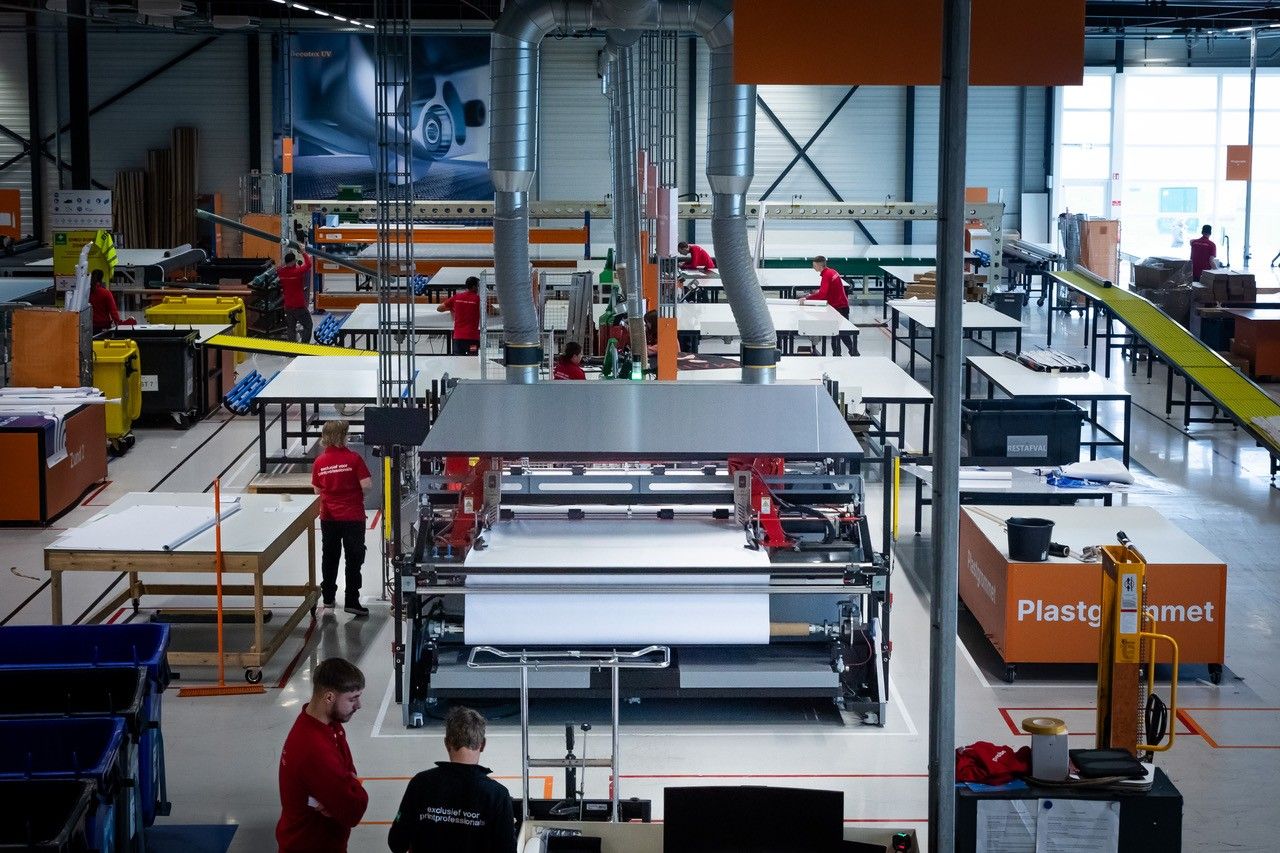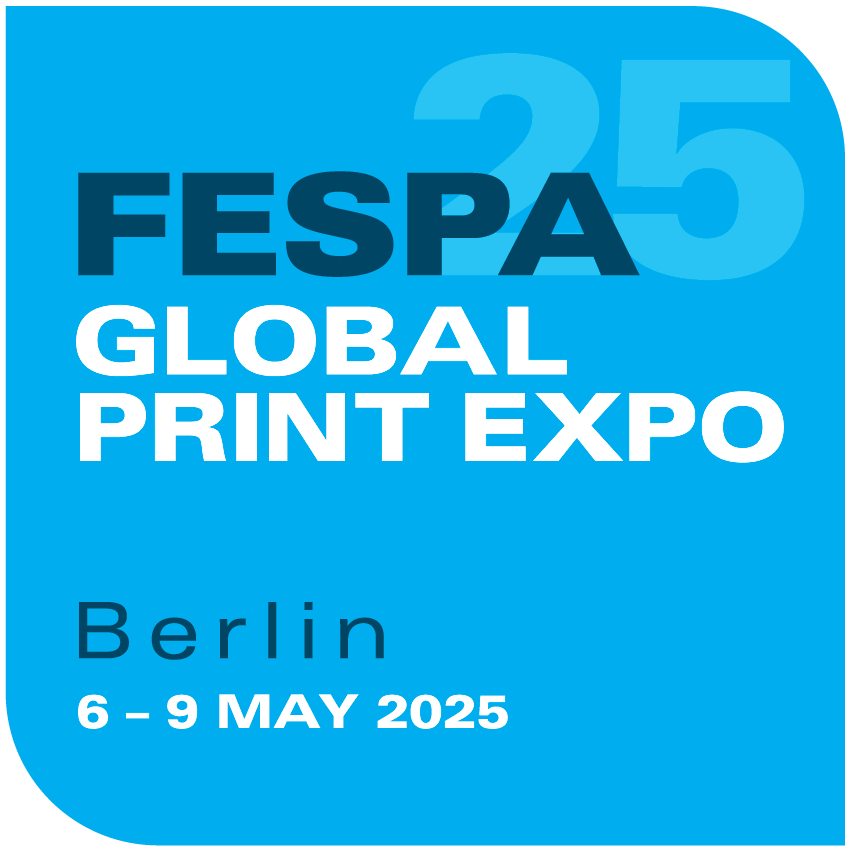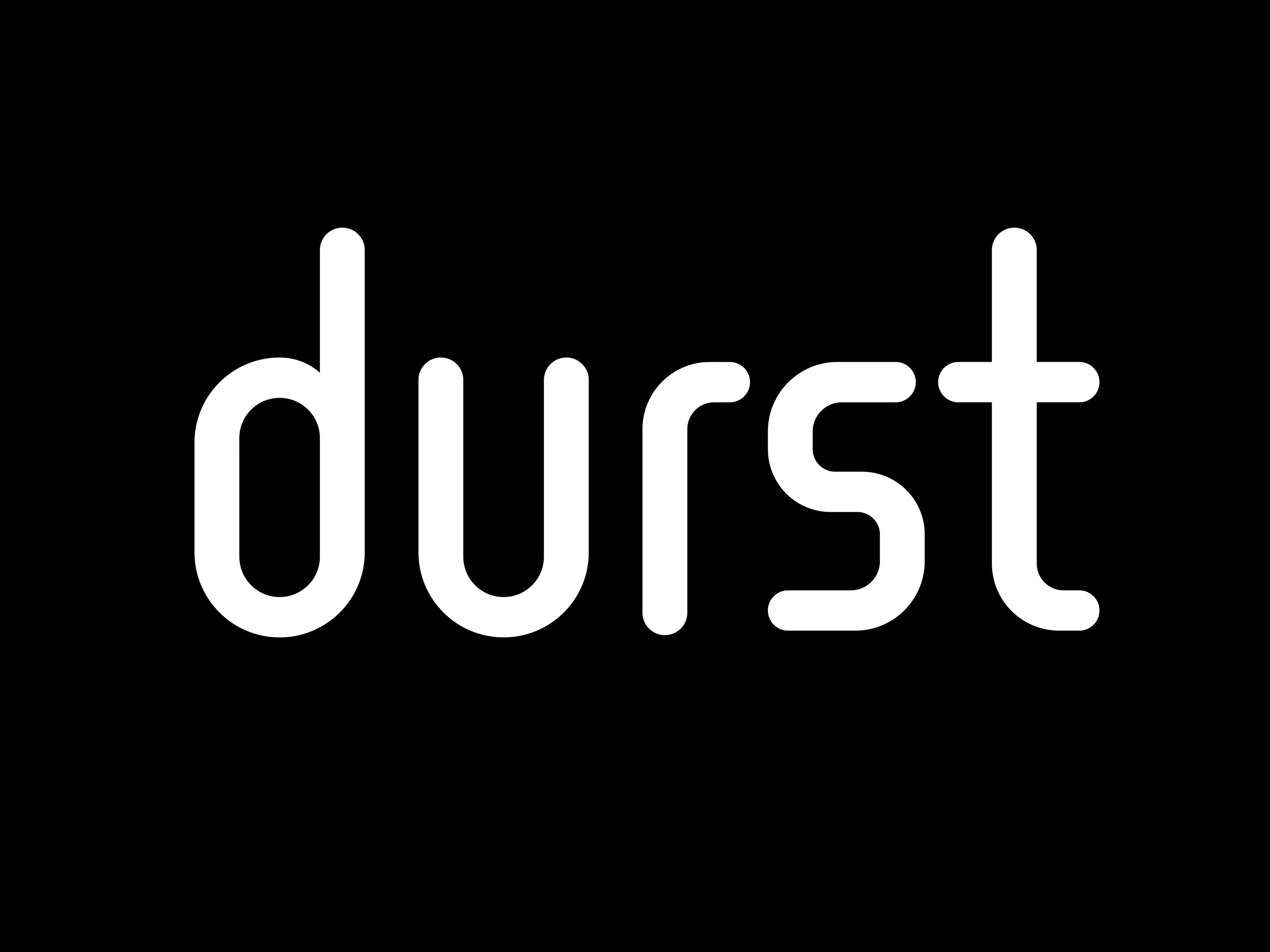Could finishing automation unlock growth?
)
Every visitor to FESPA in 2025 will be looking for paths to help them continue growing their business, whether by increasing their efficiency with investments in new equipment or by opening up new revenue streams.
Many will also be looking for ways to do more with less. Pressure for ever-faster turnarounds is relentless, with a reported 67% of responses to the 2023 FESPA Print Census having shown an increase in demand for faster turnaround. Wide format print businesses also seem to be handling more low volume jobs than ever before, with 58% of 2023 FESPA Print Census respondents having reported this. Simultaneously, the industry is also facing unprecedented skill and labour shortages.
Everywhere you turn, businesses are trying to find ways to make their resources stretch further, which is why automation has become something of a buzzword in 2025.
Yet for many wide format print businesses, one area where bottlenecks are often tolerated and automation’s potential remains untapped is finishing. One reason for this is that as the wide format print sector has grown and matured, much emphasis in research and development has been in the areas of prepress and printing itself. As a result, however, many other aspects of the wide format production workflow have been outpaced to the point where factors such as media handling between jobs and finishing of jobs can become bottlenecks that slow down overall production times, demand disproportionate amounts of team members’ time, and reduce both capacity and profitability.

Image shows PLASTGrommet’s All In One integrated banner finishing solution in situ at Probo’s Dokkum site in The Netherlands. Probo saw the All In One in action at FESPA Amsterdam in 2021 and decided to invest in the solution following this. Imagery by Probo.
Consider whether finishing is your slowest point
Even if you have the fastest roll-to-roll or flatbed wide format printer, your workflow is only ever going to be as fast as your slowest point. For many wide format print businesses, this point typically lies somewhere in the finishing department. As a result, this is one area of the business where a simple automation can save hours and free up capacity for new work.
Streamlining operations and reducing downtime are often recognised as routes to increase productivity and profitability, but identifying time-consuming finishing tasks that can be automated can yield even more impactful results.
When is it time to automate?
One mistake that many businesses make is thinking they’re not ‘big enough’ to warrant automating workflows. However, automation needn’t be an all-consuming process. In fact, for most businesses, it’s probably best to take it a step (or bottleneck) at a time.
For example, if demand for textile banners has grown as rapidly for your business as across the industry, you may find some finishing tasks slow down completion of jobs for customers. If it is taking up a lot of valuable time to manually set eyelets, or you’re having to turn down work because you cannot set eyelets quickly enough, it may be time to consider an automatic eyeleting machine.
The right time to automate is different for every business, but bottlenecks often appear for quite similar reasons, typically because when a business is growing we tend to look outwards. Yet by periodically pausing to think about the way you work and walk through the journey each type of project takes through your business, you can often identify opportunities for incremental improvements that will enable you to keep growing.
Incremental improvements enable long-term growth
Incremental changes that increase overall workflow efficiency and productivity aren’t only about boosting profitability and capacity by dispatching work faster or at a better price. Investing strategically also enables longer term growth by expanding the types of orders you can handle or enabling you to target a new market segment.
Investing in an automated finishing solution capable of handling welding, eyeleting, and cutting, for example, will undoubtedly address banner finishing bottlenecks. But in doing so, it could also enable you to take on far larger order volumes than you’ve previously handled and thus build more valuable long-term relationships with customers. Some of our customers also invest in wide format finishing automation to enable them to target a new market segment, such as making the move beyond banners to scaffolding or building wraps.
Any investment should always be a long-term strategic decision, but we often see businesses scrambling to address a bottleneck when it’s already become a real problem for their business. By thinking about your most typical workstreams from start to finish, you can begin to anticipate such problems as demand grows in any particular area. When you approach automation in this way you will naturally enable time savings and cost reductions, but by considering how it enhances your overall service offering, you also stand to turn finishing automation into a key that unlocks growth.

Image by Probo
About PLASTGrommet
PLASTGrommet is a leading manufacturer and supplier of finishing automation for banners and textiles, welding equipment, automated sewing, eyelet presses, clear and metal eyelets, media storage racks and media roll lifters. Headquartered in Alcoy, Spain, PLASTGrommet supplies high-quality finishing equipment in over 30 countries and has distribution centres in Europe and the US. For more information, visit plastgrommet.com/en
Media Contact:
Karis Copp
Karis Copp Media
+447581175238
karis@kariscoppmedia.com






